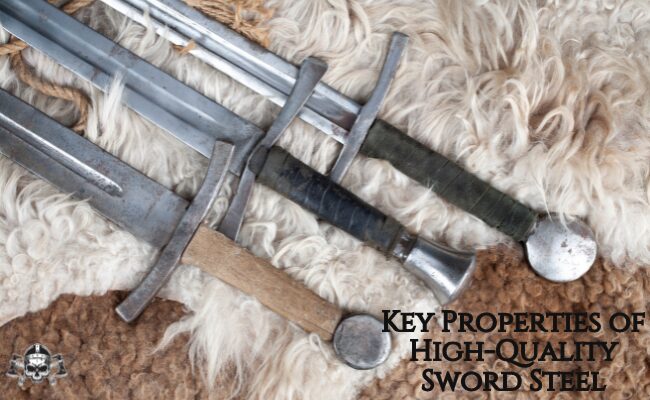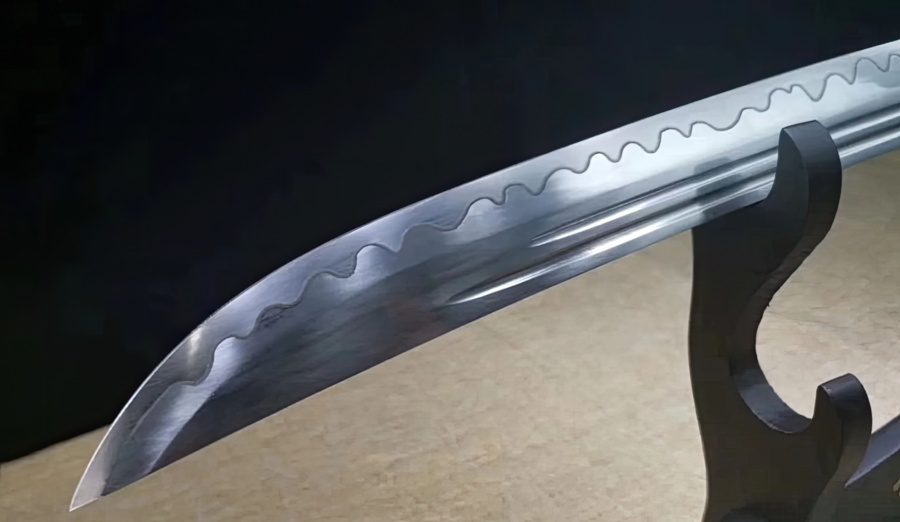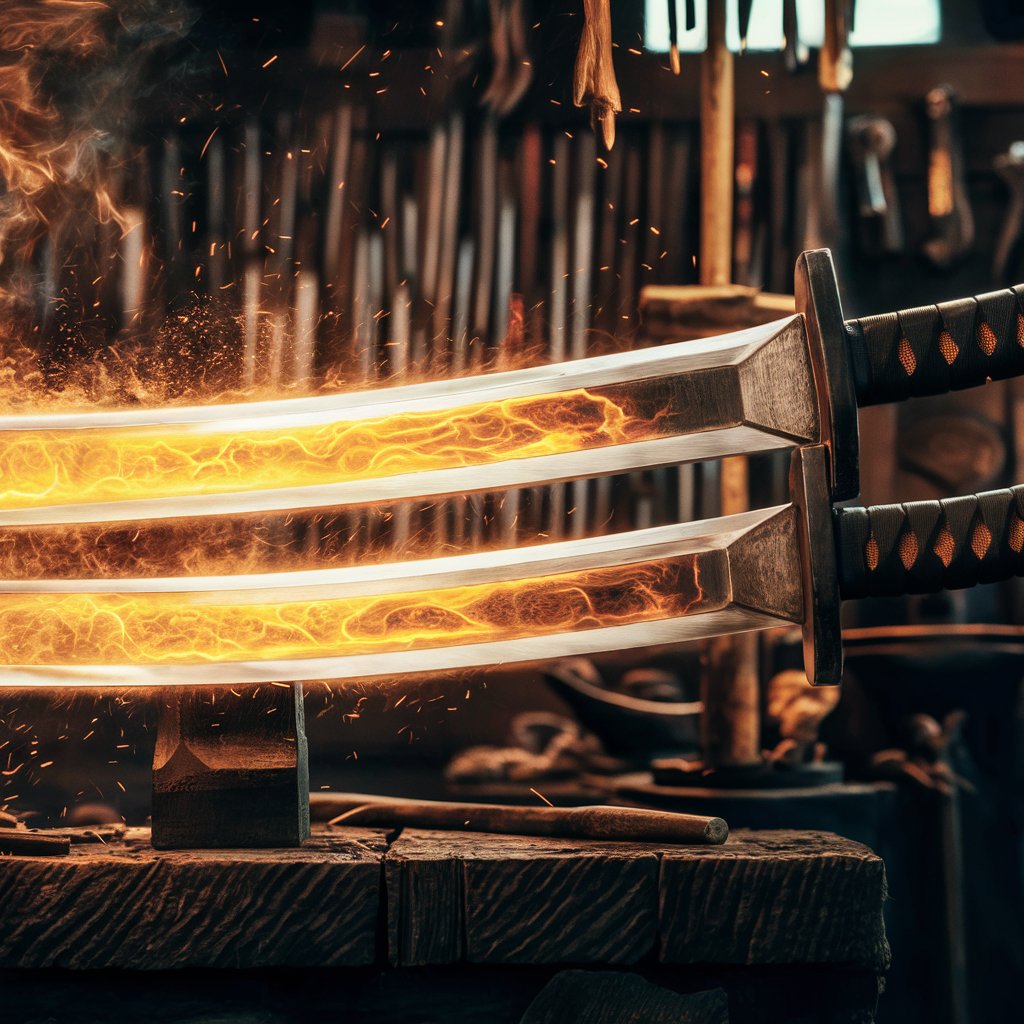- Free Shipping and 100 days free returns.
it involves crafting splendid swords, the choice of steel is paramount. The metal utilized in a sword’s blade determines its energy, durability, and standard performance. Whether you are a collector, a martial artist, or certainly an enthusiast, knowing the nuances of Viking sword steel allows you to choose the Best swords that meet your needs. In this manual, we will delve into the fundamentals of metallic, key residences to look for, famous varieties of metal, and how to pick the right metallic in your unique sword. So let me guide you to the fundamentals of sword material selections
Think of steel as a mix, where iron and carbon are the cornerstones. The amount of carbon is important, as it establishes residential proper When ties like solidity, toughness, and edge-retaining capability. Adding various other things like manganese, chromium, and vanadium can improve specific attributes. They increase strength and aid fight corrosion.
Steel swords relate closely to its carbon amounts. Below 0.3% carbon, steel is soft and bendy, not perfect for top-notch swords. Medium carbon steel, between 0.3% and 0.6%, gives a fair mix of hard and bendy. However, steel with over 0.6% carbon is very hard and holds the edge well, a must in first-rate swords.
Steel grades are categorized based on composition and properties. For example, 1045, 1060, and 1095 are common high-carbon steel grades used in sword making, each offering different levels of hardness and toughness. Understanding these differences is crucial when selecting the right steel for a sword.

Hardness is the metallic’s capability to face up to deformation. In cold steel swords, hardness is essential for retaining a pointy side. However, an excessive amount of hardness could make the blade brittle and vulnerable to breaking. Finding the proper balance is fundamental to ensuring the sword’s durability and overall performance.\
Toughness refers back to the metallic’s potential to take in electricity and resist cracking. High-quality best swords want to be hard enough to withstand the influences of combat without breaking. A tough blade can undergo stress and is less in all likelihood to go through catastrophic failure during use.
A bendy blade can bend without breaking, which is vital for viking sword used in the fight. Flexibility permits the sword to soak up shocks and stresses, making it extra resilient. The project is to balance flexibility with hardness to save you the blade from being too smooth.
Corrosion resistance is critical for retaining a sword’s look and structural integrity. Rust can weaken the blade and reason pitting, which can cause failure over time. Choosing steel with the right corrosion resistance is critical for the durability of the sword.

High carbon steel is a popular choice for sword making due to its excellent hardness and edge retention.
Description and Properties: High-carbon steel contains more than 0.6% carbon, making it hard and capable of holding a sharp edge.
Tool steel is highly durable and can hold a very sharp edge, making it suitable for the high-quality sharpest sword in the world
Stainless steel offers excellent corrosion resistance but can be less ideal for combat-ready and beginner swords guide.

The intended use of the sword substantially influences the choice of steel.
The cost of steel can vary widely, impacting the overall budget for a sword.
The skill level of the swordsmith can greatly affect the quality of the final product.

Heat treatment includes heating and cooling the metallic to alter its houses, such as hardness and toughness.
Impact of Proper Heat Treatment on Steel Performance: Proper warmth treatment can notably beautify a sword’s performance, making it more difficult, tougher, and extra flexible.
Differences in Steel Quality and Selection Between Custom and Mass-Produced SwordsCustom swords frequently permit extra careful choice and remedy of steel, resulting in higher first-class.
Benefits of Custom Steel Selection: Custom swords may be tailor-made to unique needs and preferences, ensuring the best possible performance and exceptional.

In conclusion, choosing excellent steel for exquisite about swords involves knowledge of the properties of different steels and how they affect a sword’s performance. High carbon steel, spring metallic, tool steel, and stainless steel have their precise advantages and disadvantages. The purpose of the sword, price range concerns, and the ability of the swordsmith all play vital roles in choosing the proper metal.
When it involves deciding on exceptional swords, taking the time to analyze and visit experts can make a good-sized distinction.